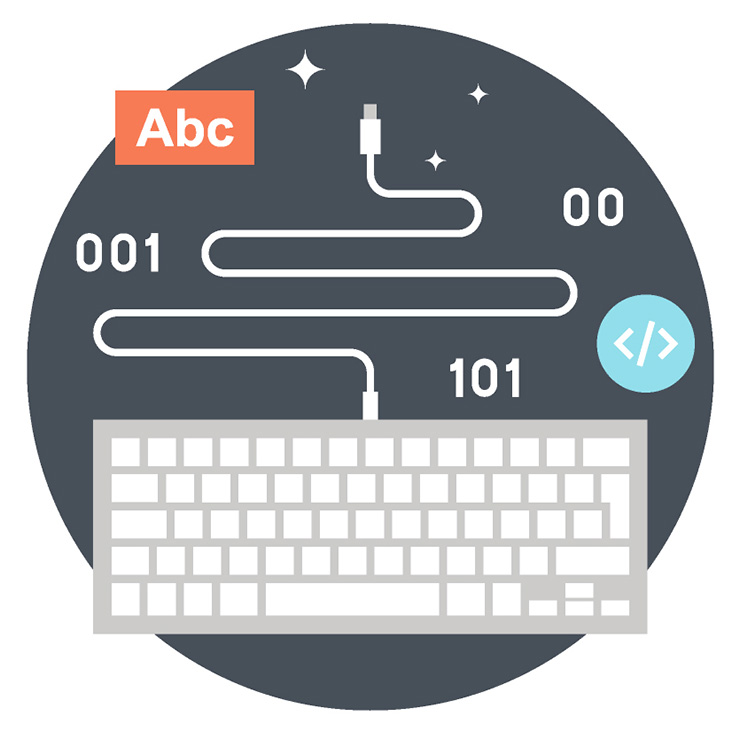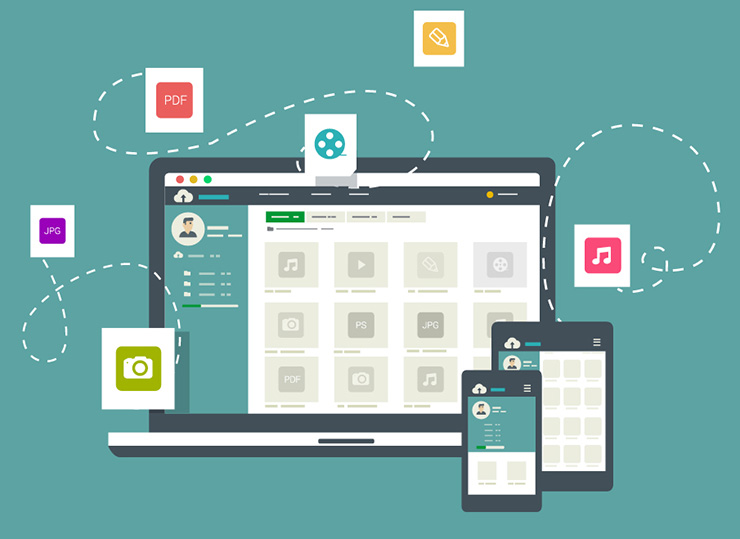Web Applications
Web Application Development
Web application development is an incredibly broad term. Sometimes it's used to refer to any and all types of web design and development. In our context, however, we use the term to refer to the development of custom web software, in most cases for business purposes. It's different from Software as a Service because it's not generally offered to the public, rather, it's designed specifically for existing businesses who either use it internally or offer it to their clients. It seeks to serve a more narrow audience than a SaaS product might.
There are many reasons to build web applications, and we've been doing it for the past 15 years. In some cases it might be possible to use an off-the-shelf web application rather than building something custom. Before accepting new projects, we try to help clients evaluate these options. Because building custom software is no small task, we like to make sure there is a true need before diving in head first.
Whether you're ready to get started today or looking for someone to toss around ideas with, feel free to reach out and we'd be glad to help.

From Paper to Digital
One of the most common reasons we hear from companies wanting to build a web application is to convert a paper-based process to computer-based process. Over the past 15 years we've helped hospitals, universities, real estate companies, payment processors, healthcare recruiters, banks, and non-profits move antiquated communication and storage methods into modern times. During our Strategy & Design phase, we'll work with you to identify all of your pain-points and design solutions to solve your specific needs.
Along the way, if we're aware of an existing service or application that can help your company, we aren't afraid to recommend it. We like to build the least amount of software possible to avoid up-front bloat and the cost of future maintenance. This is how we keep our software efficient. It's also wise to maintain a narrow focus when building software. It's far more efficient to add functionality once a user asks for it, rather than build features no one will use.

From Manual to Automated
Another common reason companies develop web applications is to automate manual processes. Similar to the paper-based situations mentioned above, many companies still utilize incredibly manual business processes that, with a little thought and a little effort, could be automated, streamlined, and improved.
Practical examples of this include scheduling content releases, sending email reminders, and allowing users to create accounts, access information, repeat past orders, store or retrieve data, aggregate data, and/or schedule appointments. The possibilities are nearly endless. Because we build our applications to be expandable, functionality can be added at any time.
Perhaps you have an idea to automate something that's never been done before. If so, we're definitely up for the challenge. Each project gives us a unique opportunity to add experience to our knowledge base. Contact us today, and let's begin a conversation around your web application.

From Isolated to Connected
Around the year 2004, everything started to change on the web. Content started being generated by individuals rather than companies, web designers began focusing more on usability than decorative eye-candy, and web applications starting being developed in a way that facilitated interoperability and connectedness. Fast-forward 10+ years, and the need for connectedness has only increased.
When developing a web application, before we write any code we design and document the API using the API Blueprint specification. The purpose this serves is one of connectedness, both now and into the future. Because an API is the method used by every web application under the sun to communicate with external resources, it's important that this be done in a manner that can be understood by others. This is the role documentation plays.

Backoffice Administrative Tools
One of our favorite things to build that accompanies almost all web applications is the backoffice administrative console. This is a private area of the web application reserved for staff only, and it provides all the controls necessary to manage the day-to-day operations. This includes tools like the content management system (CMS), the user management system, the document management system, import and export controls, analytics and reports, and configurable settings that control how the site responds in certain situations.
While there are several standard tools that almost everyone needs, the backoffice administrative console is usually built specifically for the unique business-case scenarios of our clients. And just like the front-facing application can have integrations with third-party systems, so can the backoffice console. In fact, it's not uncommon to find the backoffice console just as connected as the web application for things like payment processing, shipping calculations, document repositories, and/or social networks.
